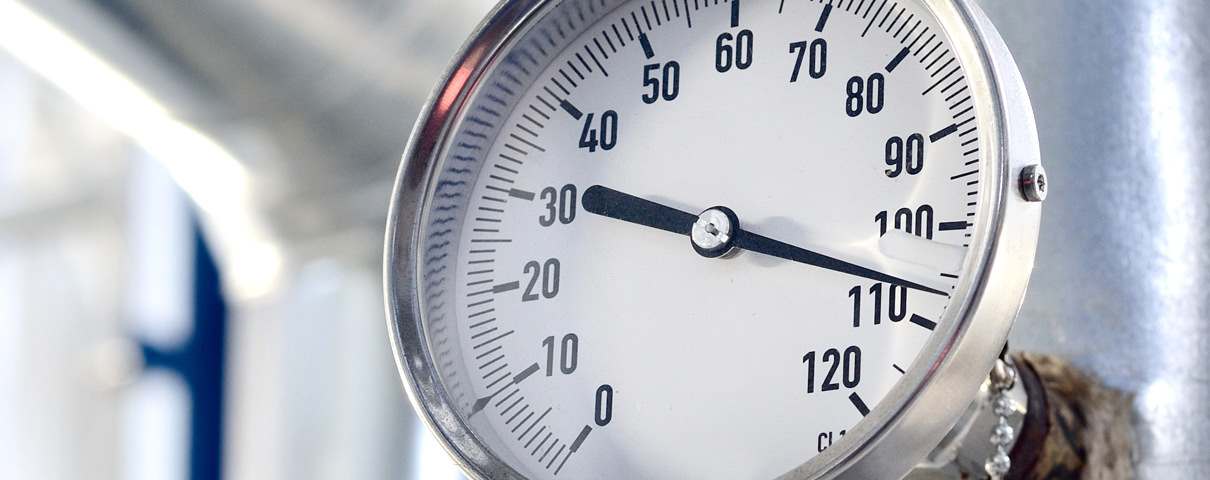Today’s pressure gauges are remarkably robust and accurate, but they do lose accuracy over time. Regular calibration of pressure gauges is the best way to ensure that readings are reliable. Different applications call for different levels of pressure gauge …
Know-how
Measurement Technologies for a Hydrogen Economy
Alina Green | Applications, Know-howPermeation and embrittlement are issues that stand in the way of realizing a viable and mature hydrogen infrastructure. For pressure and temperature sensors, using materials that protect against these conditions is key to safety and profitability in the chemical …
Energy Expenditure as a Factor in Hydrogen Transport and Storage
Alina Green | Applications, Know-howHydrogen is key to decarbonization – in the chemical industry as well as for developed nations. However, while it is relatively easy and cheap to produce, pure H 2 is notoriously difficult to transport and store. Most methods require high operational and/or energy …
The Importance of Protecting Pressure Sensors from Moisture and Water
Robert Lukat | Know-how, PressureMoisture ingress is one of the most common causes of pressure sensor failure. To avoid this situation, select a pressure transducer or pressure transmitter with the right IP rating, measurement reference, and electrical connection. Your pressure transmitter’s …
Three Reasons to Use a Diaphragm Pressure Gauge
Hardy Orzikowski | Know-how, PressureWhen standard pressure gauges reach their limits, the process industry can use diaphragm pressure gauges to measure low pressures and protect against overload in all types of applications, including ones with aggressive or hygienic media. This article is a …






